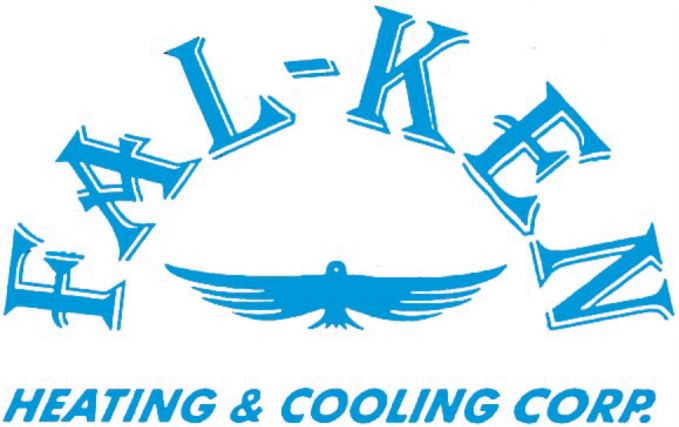Everyone’s always looking to save money on their utility bills, but it just so happens there’s a way to keep costs down, even when you’re out of the house.
The key is your thermostat. By using automatic schedules, you can tailor the temperature to your needs. You can create a number of automated temperature settings for when you’re at home, away or even when you’re sleeping.
With a few simple adjustments, you can enjoy comfy temperatures while also keeping more of your money. Here are some ways your thermostat can save you money in the summer:
While at Home
Pretty much whenever you’re home, you want a nice range of pleasant temperatures. For the most part, you probably have your thermostat lower in the summer while inside to make the most of the cool air.
But the ideal temperature for when you’re in your home during the summer is usually between 78 and 80 degrees Fahrenheit. By adjusting things a few degrees, you can stay cool while still lowering your monthly energy bill.
While Out of the House
If you’re setting the temperature for a vacation or other trip away from the house, the majority of homeowners will set the thermostat higher for while they’re gone.
If your home is located somewhere a little cooler, you can set the temperature as high as 88 degrees while no one is home before you adjust it back to the sweet spot of 78-80 degrees after you return. This way, your air conditioning unit won’t be working overtime to keep an empty house cool.
While Sleeping
For a full night’s rest during summer weather, you want a temperature that’s nice and cool. A great place to start is between 68-72 degrees Fahrenheit. You won’t have to worry about getting too hot or too cold at some point overnight.
Other Ways to Use Less Energy:
- Install a smart thermostat: Using a smart thermostat in the summer helps save money on energy costs as it forms temperature schedules according to your lifestyle and home environment. They can lower the temperature while you are home or sleeping, while allowing it to get a little warmer when no one is home. Using reputed brands and models such as the Lennox iComfort, you are able to adjust settings and schedules through your smartphone, tablet or laptop. Scheduling smart thermostat installation in your Holbrook home can be the simplest strategy for maintaining comfortable, yet energy-efficient temperatures whether you’re at home or across the country.
- Replace current equipment with a newer HVAC system: Upgrading your HVAC system can save money in the long run. If a system boasts high energy efficiency, you can also count on lower utility bills since more efficient equipment requires less energy to achieve comfortable temperatures. Air conditioning installation in Holbrook is a breeze for experienced professionals like Fal-Ken Heating & Cooling Corporation.
- Stay on top of routine AC maintenance: Investing in or ignoring regular air conditioning maintenance in Holbrook can have a serious effect on your total monthly energy use. With regular cleaning of the coils, checking for damage and clearing air vents of dust and debris, this can help your HVAC system perform better during day-to-day use.. Increasing efficiency also limits strain on important or delicate components and lowers operational costs, resulting in lower energy usage and subsequently, smaller bills.
- Clean or replace the air filter on a regular basis: Cleaning or replacing the air filter regularly saves money by improving airflow. When filters become clogged, air conditioners have to work harder, and this greater strain could shorten the system’s life span and cause breakdowns.
- Check if you have enough insulation in the attic: Insulation is one of the key components in any energy-efficient home, securing the hot air outside and the cool air inside through summer. The North American Insulation Manufacturers Association (NAIMA) offers an official recommendation stating homeowners in souther states should install at least 13-14 inches of insulation, while those in northern U.S. states should have 16-18 inches.
- Review your air ducts: A leak in the air ducts could increase your energy bills much more than 20 percent, plus it can also lead to problems with your water heater, clothes dryer and other appliances throughout your home. Checking your ductwork for leaks and sealing them can address both concerns.
- Seal all other leaky spots in your home: Finding and sealing any remaining leaks in your home with caulk, foam sealant or weather-stripping keeps temperatures a little cooler on hot summer days. It’s also important to check for any gaps around windows, doors and even outdoor fixtures. Taking the time to seal up any leaks now can help you save a lot in the long run.
